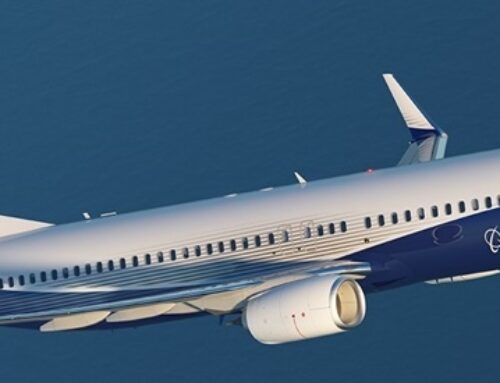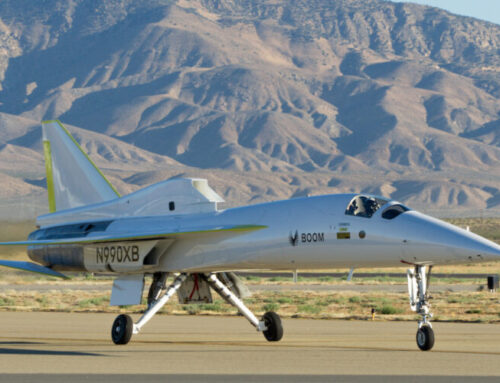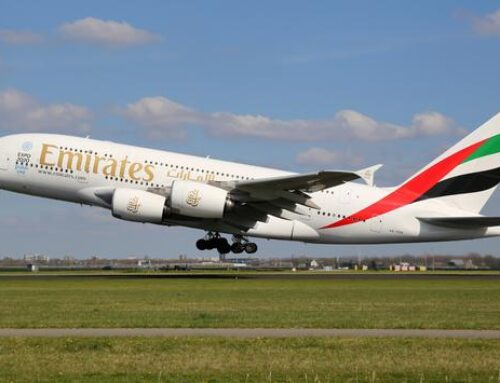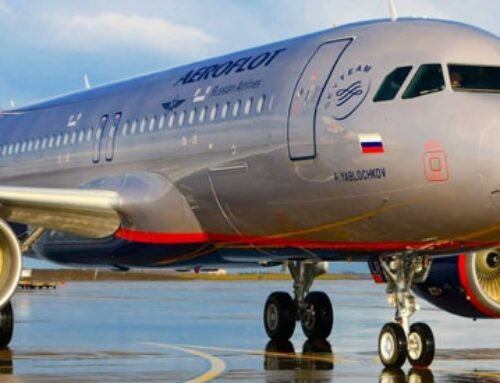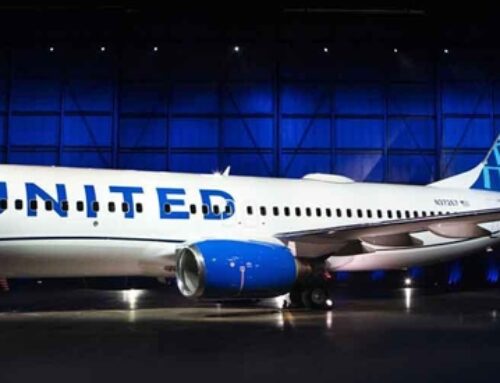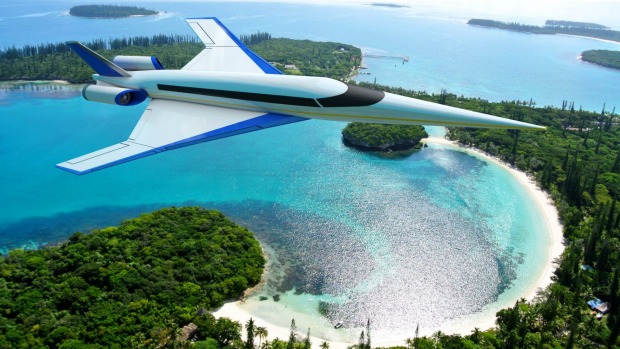
Spike Aerospace is still pursuing development of its S-512 supersonic business jet. Preliminary specifications and performance data includes a top speed of Mach 1.6, seating for up to 18 passengers, and 6,200-nm range.
EASA has undertaken two rulemaking actions to develop environmental safeguards for the new generation of business jets and airline supersonic transports (SSTs) that are expected to become operational in the late 2020s.
An EASA advance notice of proposed amendment (A-NPA) aims to ensure that certified landing and takeoff noise limits for SSTs correspond to existing EASA requirements for subsonic jet airplanes. Initial requirements for CO2 limits for SSTs are also being proposed. Currently, no ICAO standards or recommended practices exist for SST noise limits. Comments on the A-NPA are due July 25.
While the ban on operations at supersonic speed over land remains in force in several world regions, including the U.S., restrictions in the EU that were adopted after the Concorde SST was withdrawn from commercial operation only prohibit supersonic flights under VFR.
A notice of proposed amendment (NPA) would introduce speed restrictions to prevent IFR supersonic flights over the EU, with the objective of preventing unacceptable sonic booms. EASA asserts that the “sonic booms of new-generation SST aircraft are expected to be comparable to those of the Concorde. Advanced sonic boom mitigation technologies…are not expected to become commercially available in the short term.” Comments on the NPA are due August 25. ainonline.com

